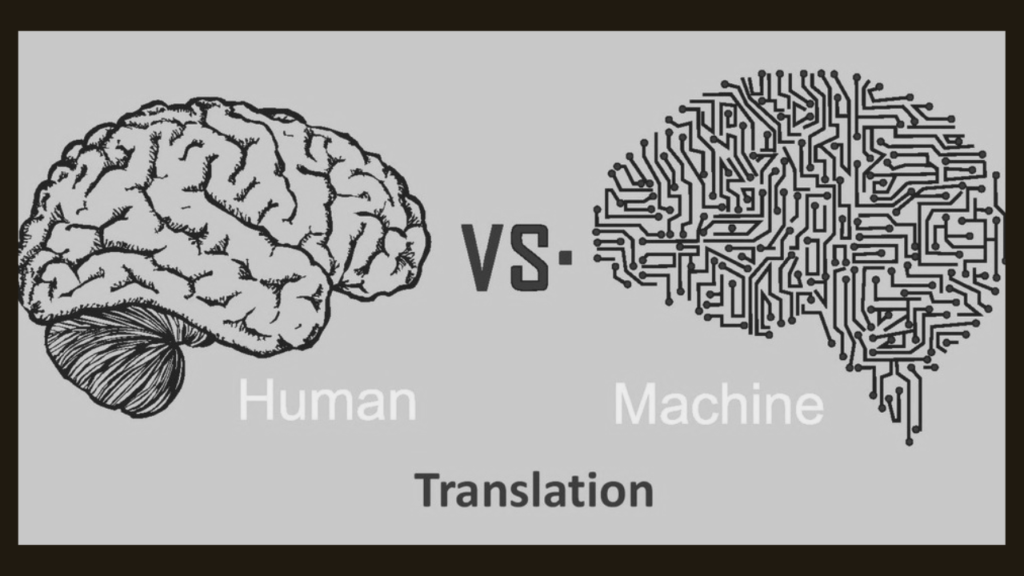
Human Translation vs. Machine Translation: Which One Should You Choose?
In a world where people are becoming more internationally connected, translation is vital. It acts as a pass that fills the gap between two different languages. Whether for organizational, legal, website usage, or personal needs, it is important to select the right translation approach.
Although human translation has been in practice for the past few centuries, the recent development in machine translation has served as a new proposition. But which one is preferable in your case? Which approach is better? What are the advantages of each method? Can you combine them for the best outcome? Read the blog and get answer to each of these questions.
Human Translation
Human translation could be defined as the translation from one language to another using professional translators. These experts are not only qualified translators but also know the cultural backgrounds and context of both source and target languages. They work in different areas of specialization such as legal translation, technical translation, medical translation, or any other form of translation who deals with literature and other related areas.
This method has been used for many years to provide the most accurate and culturally correct translation of texts. For complex projects where the correct meaning is extremely important, for example, marketing content or legal documents, human translation cannot be replaced.
Benefits of Human Translation
Accuracy and Context Understanding
Real human voice helps to avoid perceived bias and makes the content more believable. They can convey emotions like happiness, sorrow, and pressing concerns, which aids in building a meaningful relationship with the audience.
Cultural Sensitivity
Human translators have more exposure to the culture and are in a position to make translations culturally sensitive to the target population. This makes sure that the final output is not only grammatically correct but also meaningful and culturally appropriate.
Handling Complex Texts
Contracts, and other legal papers, doctor’s affidavits, as well as technical handbooks, need more than simple translation. Human translators can make sure that such documents preserve their literal meaning even without compromising their content, especially in simplifying terminologies.
Quality Assurance
A human translator is also more capable of proofreading the translated text to ensure it has no errors. A machine translation may have rigid or clumsy phrasing, whereas a human translation may be more refined.
Machine Translation
Machine translation” is defined as the process that employs the use of algorithms and artificial intelligence (AI) in translating text from one language to another. These tools leverage large data and advanced machine translation algorithms to perform fast translation of large volumes of content.
Machine translation is extremely useful when the translator needs a translation quickly or if there is a need to translate a large number of texts.
Benefits of Machine Translation
Speed and Efficiency
Machine translation also has numerous benefits, whereby the greatest strength being the fact that it is faster. Software-based tools like Machine translation can handle thousands of words within minutes and seconds.
Cost-Effective for Large Projects
Machine translation is usually more cost-effective than human translation. It can be used for most businesses with limited funds or projects where accurate translation is not essential. Moreover, it is most helpful when working on a project with a vast amount of material that requires translation in a short period.
Instant Availability
Translating is not restricted by time since machine translation tools are available 24/7. Immediate access can be especially helpful in tasks where a quick response is needed, for example, answering customer inquiries by email or in conversation.
Advancements in AI and Machine Learning
New technologies like AI (Artificial Intelligence) and NLP (Natural Language Processing) have enhanced the efficiency of machine translations. They can now cope with many languages and provide translations that are much more suitable than before.
Human Translation vs. Machine Translation: Which One is Good?
Understanding when to use the human translation service or the machine translation service depends on the kind of content to translate.
Machine translation is fast and can translate a large number of texts within a short span of time which is useful when a task is urgent. Whereas human translation is time-consuming because it involves people but the end product is often more accurate and contextual.
A machine translation is cheaper when it comes to translating large content. However, for detailed or complicated content, human translation can be more costly but has a better quality.
Machine translation remains useful in the translation of a simple text but may not be so effective in a technical or specialized text. Human translation ensures that the messages being relayed are accurate, culturally sensitive, and easily understandable, especially in complex contexts.
Combining Human and Machine Translation Helps
Combining both human and machine translation can help. Here’s how it works:
#1. The machine translation tool is employed to generate an initial version of the content to be translated. It makes for fast and efficient translations as well.
#2. Human translator thereafter proofreads the translated output from the machine translator and where necessary makes corrections that are culturally sensitive and free from errors.
This approach is efficient for content localization, as the process requires maximum speed and high quality at the same time.
Conclusion
The decision whether to use human translation or machine translation depends on your requirements, budget, and whether quality is more important to you than speed.
Human translation proves to be more precise, culturally acceptable, and of high quality thus being preferred for technical and complicated work. However, for large-scale or for speedy translation requirements, machine translation is more appropriate for use.
By leveraging the best of both methods, it is possible to translate documents more rapidly, without compromising on quality. Get Any Language offers high-quality translations and is one of the most effective services for companies and private clients.
